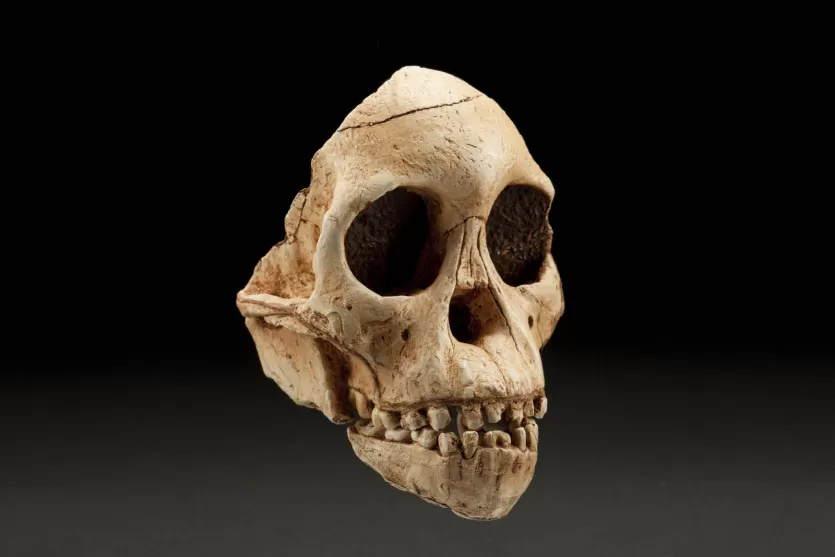The Hidden Origins of Humanity: How the Taung Child Transformed the Story of Human Evolution
Uncovering the Past: A Chance Discovery
In the 1920s, the search for humanity’s origins was centered on Europe and Asia, despite Charles Darwin's suggestion that Africa might be the cradle of humankind. The discovery of a primate fossil skull in South Africa would soon challenge these assumptions. The skull, initially displayed as a curiosity on a mantelpiece, was brought to the attention of Raymond Dart, an anatomy professor at the University of Witwatersrand in Johannesburg. Dart, intrigued by the fossil’s origins, decided to investigate further. The skull was found at a mine near Taungs, South Africa, and after enlisting the help of the mine’s manager, Dart received another fossil—this time, the face and jaw of a small child, encased in limestone.
Keep reading with a 7-day free trial
Subscribe to Anthropology.net to keep reading this post and get 7 days of free access to the full post archives.

